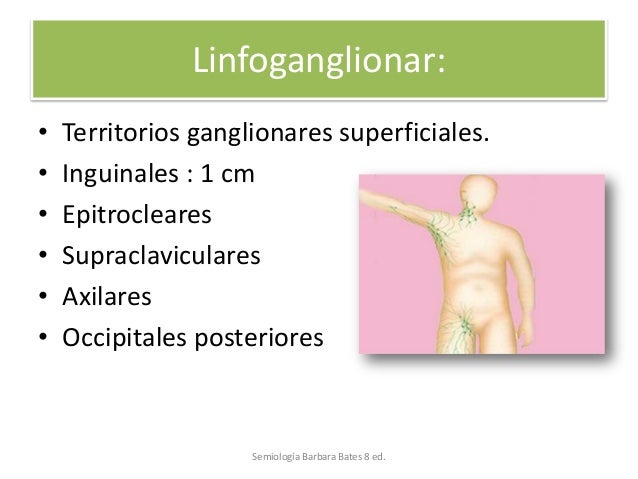Barbara Bates Propedeutica Pdf
Bates’ Visual Guide to Physical Examination delivers new clinical skills. Download PDF transcripts for use in teaching guides See inside for more details. To find more books about barbara bates physical examination, you can use related keywords: Bates Physical Examination Pdf, Barbara Bates Ebooks, Barbara Bates.

Identifier Bates.Guide.Physical.Examination.and.History.Taking.11th.Edition. Scanner Internet Archive HTML5 Uploader 1.5.2. By Bates, Barbara.

Newbooksjan-feb2009.doc - Bates' guide to physical examination and. History taking Szilagyi. Professions and nursing: illustrated Stedman. A guide for nurses. Download our barbara bates physical examination eBooks for free and learn more about barbara bates physical examination. These books contain exercises and tutorials to improve your practical skills, at all levels!
� � � �� � �� � � � � C H A P T E R 11 C H A P T E R 1 � A N O V E R V I E W O F P H Y S I C A L E X A M I N A T I O N A N D H I S T O R Y T A K I N G 1 The techniques of physical examination and history taking that you are about to learn embody time-honored skills of healing and patient care. Your abil- ity to gather a sensitive and nuanced history and to perform a thorough and accurate examination deepens your patient relationships, focuses your patient assessment, and sets the direction of your clinical thinking. The quality of your history and physical examination governs your next steps with the patient and guides your choices from the initially bewildering array of secondary testing and technology. Over the course of becoming an accomplished clinician, you will polish these important relational and clinical skills for a lifetime. As you enter the realm of patient assessment, you begin integrating the es- sential elements of clinical care: empathic listening; the ability to interview patients of all ages, moods, and backgrounds; the techniques for examining the different body systems; and, finally, the process of clinical reasoning. Your experience with history taking and physical examination will grow and expand, and the steps of clinical reasoning will soon begin with the first moments of the patient encounter: identifying problem symptoms and abnormal find- ings; linking findings to an underlying process of pathophysiology or psycho- pathology; and establishing and testing a set of explanatory hypotheses.
Work- ing through these steps will reveal the multifaceted profile of the patient before you. Paradoxically, the very skills that allow you to assess all patients also shape the image of the unique human being entrusted to your care. Inventing The Abbotts Full Movie Torrent here. Clinical Assessment: The Road Ahead This chapter provides a road map to clinical proficiency in three critical areas: the health history, the physical examination, and the written record, or “write-up.” It describes the components of the health history and how to or- ganize the patient’s story; it gives an approach and overview to the physical ex- amination and suggests a sequence for ensuring patient comfort; and, finally, it provides an example of the written record, showing documentation of find- ings from a sample patient history and physical examination. By studying the subsequent chapters of the book and perfecting the skills of examination and history taking described, you will cross into the world of patient assessment— gradually at first, but then with growing satisfaction and expertise. After you work through this chapter to chart the tasks ahead, you will be directed by subsequent chapters in your journey to clinical competence. Chapter 2, Interviewing and the Health History, expands on the techniques An Overview of Physical Examination and History Taking An Overview of Physical Examination and History Taking � � � �� � �� � � � � THE HEALTH HISTORY: STRUCTURE AND PURPOSES 2 B A T E S ’ G U I D E T O P H Y S I C A L E X A M I N A T I O N A N D H I S T O R Y T A K I N G and skills of good interviewing; Chapters 3 through 16 detail techniques for examining the different body systems. Once you master the elements of the adult history and examination, you will extend and adapt these techniques to children and adolescents.
Children and adolescents evolve rapidly in both temperament and physiology; therefore, the special approaches to the inter- view and examination of children at different ages are consolidated in Chap- ter 17, Assessing Children: Infancy Through Adolescence. Finally, Chapter 18, Clinical Reasoning, Assessment, and Plan, explores the clinical reasoning process and how to document your evaluation, diagnoses, and plan. Folder-lock-v7 5 Crack Rar. From this blend of mutual trust, respect, and clinical expertise emerges the timeless re- wards of the clinical professions.
THE HEALTH HISTORY: STRUCTURE AND PURPOSES As you read about successful interviewing, you will first learn the elements of the Comprehensive Health History. Font Century Schoolbook there. For adults, the comprehensive his- tory includes Identifying Data and Source of the History, Chief Complaint(s), Present Illness, Past History, Family History, Personal and Social History, and Review of Systems.
Comments are closed.